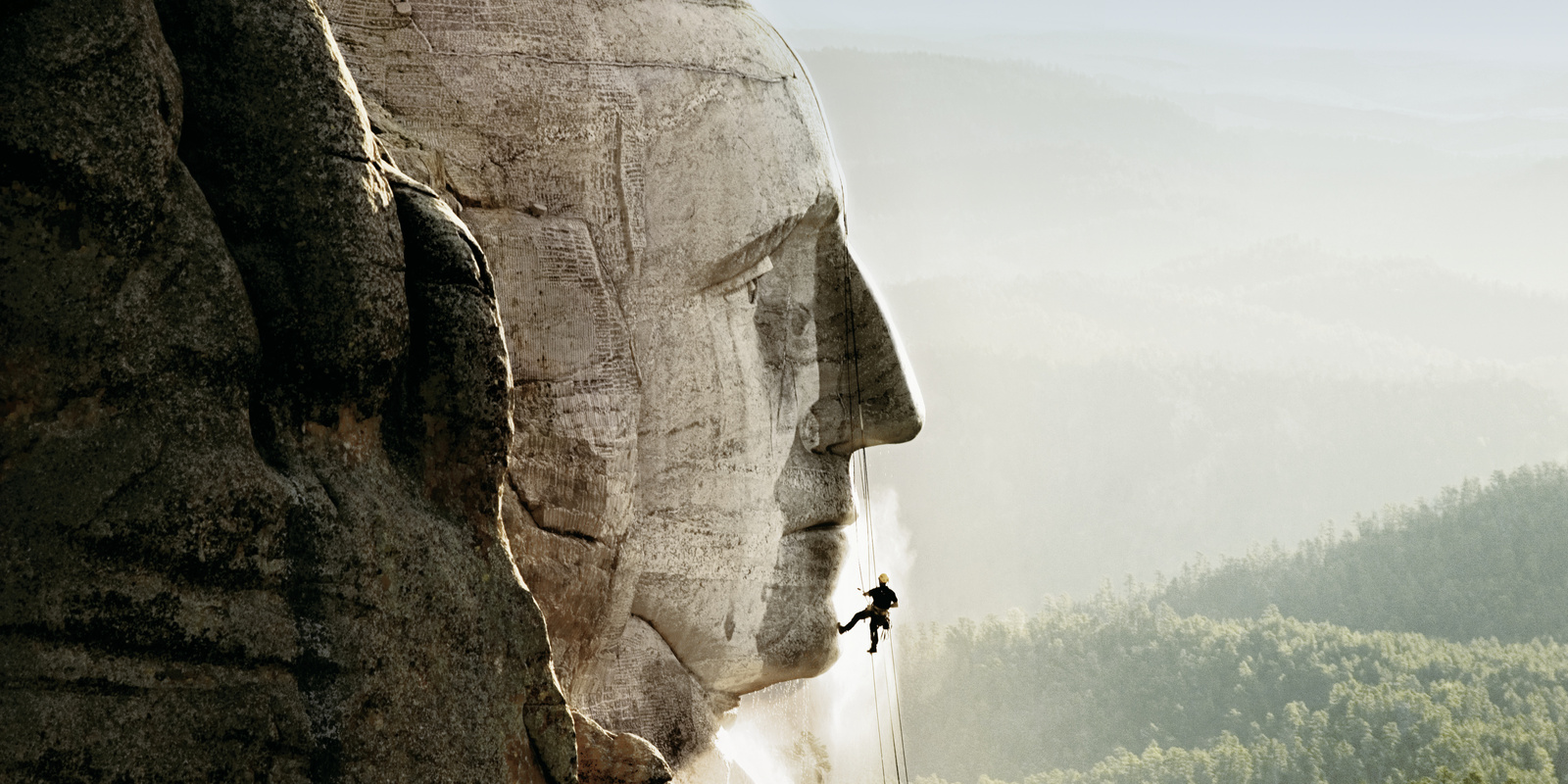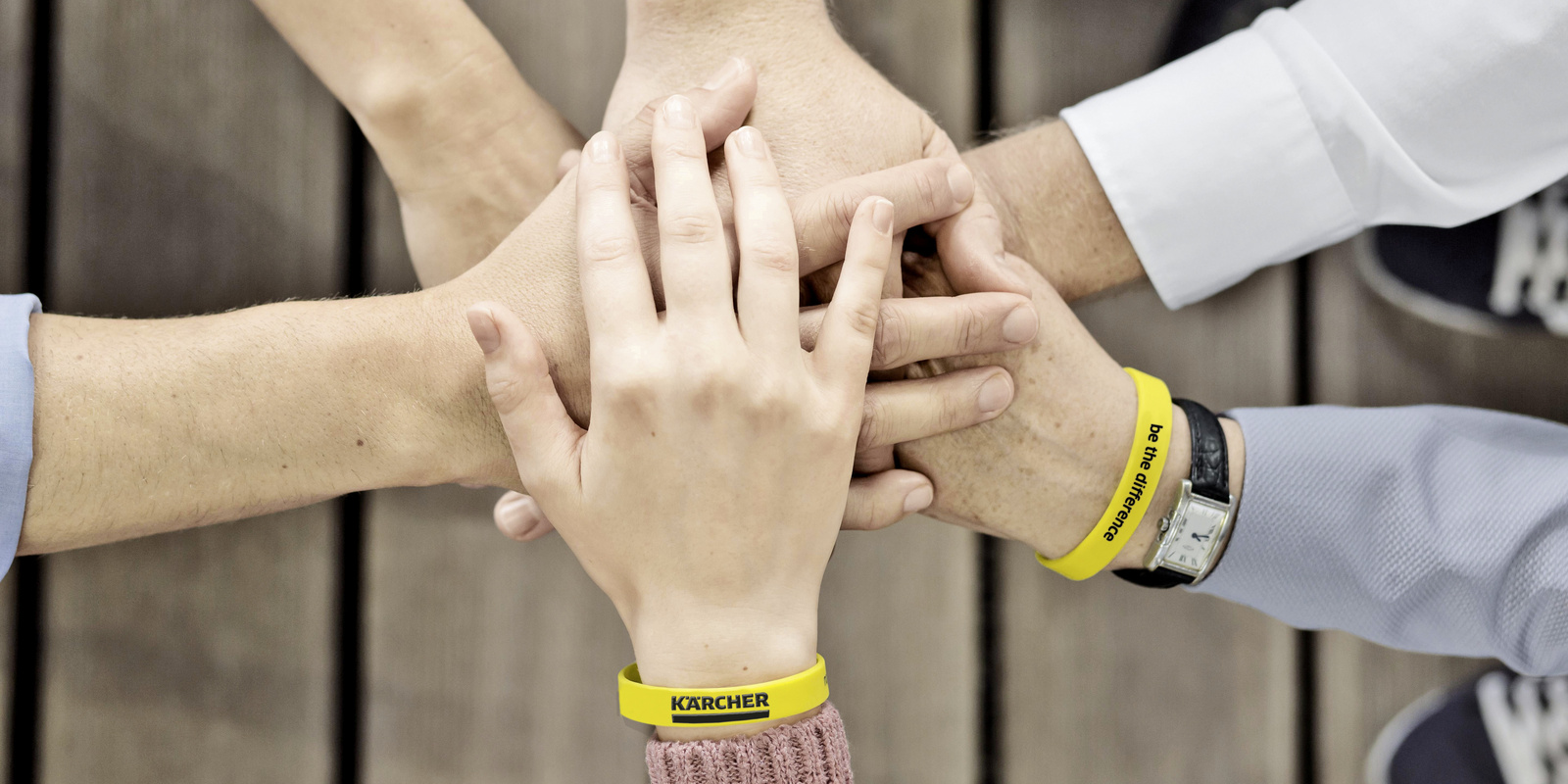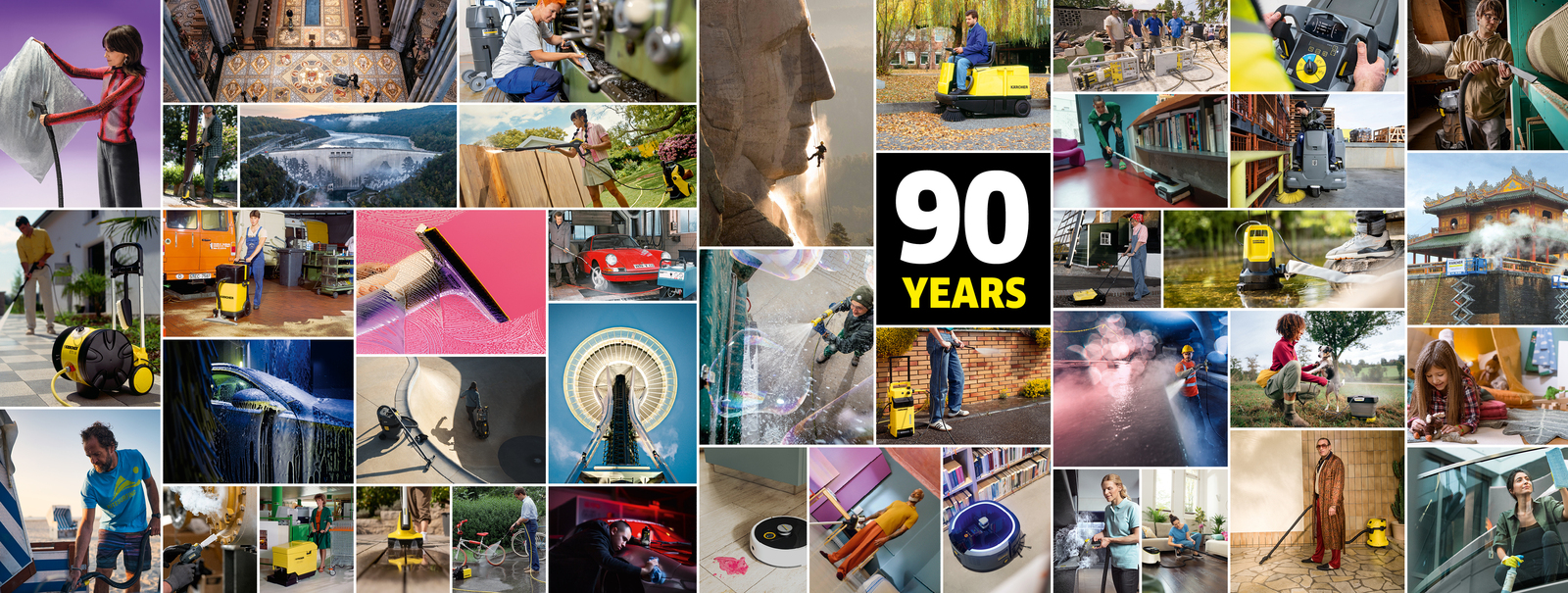
One step ahead.
To make sure that this remains so, we work constantly to develop new and existing cleaning solutions. Innovation is our passion, but never an end in itself. It follows from our clear conviction: innovation is what benefits people, makes your life easier, more efficient and more pleasant. All over the world. This has been our claim and our commitment since the company was founded in 1935.
Our founder Alfred Kärcher aimed to always find new solutions for every challenge. To this day we have maintained this spirit of innovation. Our employees in research and development work hard every day to develop new solutions. Because we don't leave innovation to chance.
From hot air blower to fully autonomous cleaning
Two heads. Two hearts. One company. Alfred Kärcher, the innovative inventor. Irene Kärcher, the energetic businesswoman. Both were driven by the courage to break new ground. And laid the foundation for our success. Today we are a global leader in cleaning technology.

1935 – Foundation of the company
After eleven years in his father's company, Alfred Kärcher sets up his own company in Stuttgart-Bad Cannstatt in 1935. The Alfred Kärcher limited partnership develops innovative hot-air blowers for warming up aircraft engines. The engineer previously attracted attention with safe, economical industrial furnaces.

1939 to 1945 – Strong need for heating technology
The growing aviation industry has an increasing need for Kärcher's innovative heating technology. On 1 June 1939, Alfred Kärcher moves into the new factory in Winnenden with 120 employees. With the start of the war the company is involved in the arms industry and now manufactures cabin heaters, as well as devices for de-icing wings and tail units, for the German Air Force. Nebuliser nozzles for Mercedes Benz engines and mobile heaters for warming up small engines are also being developed in Winnenden.

1945 to 1948 – New start with 40 employees
After the war the company is held in trust for a short period. Alfred Kärcher tinkers with the idea of selling the company, but then, with 40 employees, commences the production of goods for the pressing needs of the post-war years: At first furnaces and trolleys are produced for the needy population. Later, for the reconstruction of the destroyed cities, heated concrete formwork and fresh air heater units for construction drying, which are also used for heating halls, tents and stables. The number of employees grows to 141 by 1948.

1950 – Entry into cleaning technology
In 1950 Alfred Kärcher provides a breakthrough in cleaning technology with the development of Europe's first hot-water high-pressure cleaner ("DS 350" steam jet). The design for heating the water proves so forward-looking that it is still the basis of all burners today. The machine lays the foundation for the future of the company.

1959 – Continuation by Irene Kärcher
Following the death of Alfred Kärcher, his wife Irene takes over the business. With foresight she orientates the company towards "cleaning" as a basic need. She is awarded the Federal Cross of Merit for her business management. The "Handelsblatt" trade journal posthumously lists Irene Kärcher as the first woman in its "Hall of Fame".

1962 – Establishment of the first foreign subsidiary
In the 1930s Kärcher products had already been in demand outside the country. The export business is initially run centrally through Winnenden. The foundation of the first foreign subsidiary in 1962 in France marks the start of internationalisation. Sites in Austria and Switzerland follow.

1974 – Focus on high-pressure technology
The early 1970s are times of change for Kärcher. The era of the steam generator, previously a significant revenue driver, is coming to an end. In 1974 management decide to take a courageous step and focus on high-pressure technology for professional users and no longer offer all other product groups. At this stage the colour of the machines is changed from hammer finish blue to the now world-famous Kärcher yellow.

1975 – Growth through sales companies
In 1975 the first production plant outside Germany opens – in Brazil. Ten years later 16 sales companies are set up, including in North America, Africa and Australia.
1980 – Cleaning the Christ the Redeemer statue
In 1980 Kärcher starts its cultural sponsorship with the cleaning of the Christ the Redeemer statue in Rio de Janeiro. Since then more than 140 cultural monuments around the world have been cleaned. In the same year there is a change in strategy to "cleaning" as a basic need. The product focus is adapted to the new agenda and initially transferred to the transport and buildings applications.
1984 – Entry into retail business
In 1984 Kärcher introduces the world's first portable high-pressure cleaner for private households. The motto "High-pressure cleaning – just like the professionals" convinced 5,000 customers in the first year. With more than 300,000 machines sold, the innovative "HD 555" forms the cornerstone for the successful retail business. For the first time ever a Kärcher product was in hardware and DIY stores.
1986 – Market launch of the first scrubber drier
In 1986 Kärcher sets standards in the professional area with the launch of the BR 450 floor cleaning machine. It has innovative roller brush technology which is used today in over 50% of all machines on the global market. The in-house development of scrubber driers establishes the basis for one of today's most important business segments.

1988 – For the first time on all continents
With the newly founded foreign subsidiary in Japan, Kärcher is represented on all continents for the first time in 1988.
1996 – Entry into municipal equipment
The first vacuum sweeper, ICC 1, marks the entry into the new "municipal equipment" business segment. Implement carriers in different performance classes follow, which are also used for winter service, maintenance of green areas or wet cleaning.

1997 – German Marketing Award
In 1997 Kärcher wins the German Marketing Award for the first time – as acknowledgement for outstanding work in marketing, which is the basis for the financial success of the company.
1998 – Clean-up operation in St. Peter's Square
Work on the 284 travertine columns and 88 pilasters of the colonnades of St. Peter's Square in Rome as part of our cultural sponsorship initiative takes nine months. With a total area of 25,000 square metres, to this day it is the most extensive building cleaning project ever and receives an entry in the Guinness Book of Records.
2003 – Entry into robotics
A completely new field is opened up in 2003: the first fully autonomous cleaning robot for households, the RC 3000, is launched on the market.

2004 – First acquisitions of competitors
In North America Kärcher manages to become the market leader in the area of high-pressure cleaning and cleaning textile floor coverings with the takeover of two competitors. From 2011 further acquisitions serve to bring specialist knowledge to the company, for example in the area of municipal cleaning requirements or industrial cleaning.
2005 – Foundation of Kärcher Futuretech
A separate department for the special customers business segment – the military market, as well as the area of civil defence and disaster control – had been created back in the 1970s. Owing to the steady growth of the department within the company, in 2005 the independent subsidiary Kärcher Futuretech is founded, which still has close links to Kärcher.

2007 – Entry into the garden business segment
The delivery of water is the focus of the garden business segment. In 2007 Kärcher enters this market with 22 pump models for private households. In addition to pumps, today the range also includes hoses, trigger guns, sprinklers and watering systems.
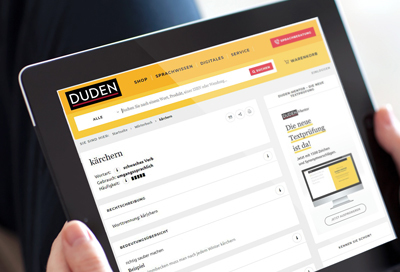
2007 – Synonym for high-pressure cleaning
The French dictionary "Le Petit Robert" lists the generic term "le karcher" as a synonym for a high-pressure cleaner. In the German dictionary "Duden" the term "kärchern" is subsequently added as a synonym for cleaning with high pressure.
2008 – Launch of the first window vac
With the introduction of the first window vac, WV 50, Kärcher closes a gap in the market and successfully establishes a machine for cleaning windows. To date the window vac has more than 21 million satisfied customers.

2011 – Ecological campaign
In 2011 the first resource-friendly ranges are launched on the market. The devices consume less energy and water, are made from recycled material and are at least 90 percent recyclable.
2011 – Cooperation with SOS Children's Villages
Since 2011 Kärcher has been sponsoring SOS Children's Villages with its own technology and expertise. As a cooperation partner, we help provide a happy home for disadvantaged children and young people all over the world.

2011 – Expansion of the cleaning portfolio
In 2011 the 50th sales company is founded in Kazakhstan. In the same year Kärcher takes over Belos (municipal equipment), Ringler (industrial vacuums) and WOMA (high-pressure technology). The highly specialised cleaning solutions of the companies complement the portfolio for customers from the municipalities, industry and construction areas.

2013 – Yellow becomes anthracite
Another change in the corporate colour. Since 2013 the machines for professional use have been anthracite, not yellow. This makes it easier to distinguish them from the products for private users, which are still yellow. Anthracite also fits into the environment discreetly and is less sensitive to dirt.

2015 – New brand identity and 500th Kärcher Centre
In 2015 Kärcher develops a new corporate design. The appearance of the brand is strong, refreshing and straightforward, the logo has a modern font and is easier to read, especially on screens. In the same year the 500th Kärcher Centre opens its doors in Saigon, Vietnam.
2016 – Connected Cleaning
With Connected Cleaning, the Kärcher Fleet and Kärcher Manage fleet management systems are merged. Combined by software, these modules generate effective synergies: manual cleaning and machines, operation sites, operational planning, reporting and services - the entire infrastructure of the cleaning fleet can be controlled.
2017 – In-house IT consulting
In 2017 Kärcher sets up its own IT consulting firm, Zoi TechCon GmbH. As a young employer in central Stuttgart, with sites in Berlin and Lisbonand, the company focuses on the development of digital solutions, cloud transformation and electrical engineering.

2018 – Second marketing award
In 2018 Kärcher receives the German Marketing Award for the second time – unique in the history of the award. The award acknowledges the successful branding work of the last 10 years. An integrated marketing concept and the use of corresponding marketing instruments and technologies are decisive for the award.
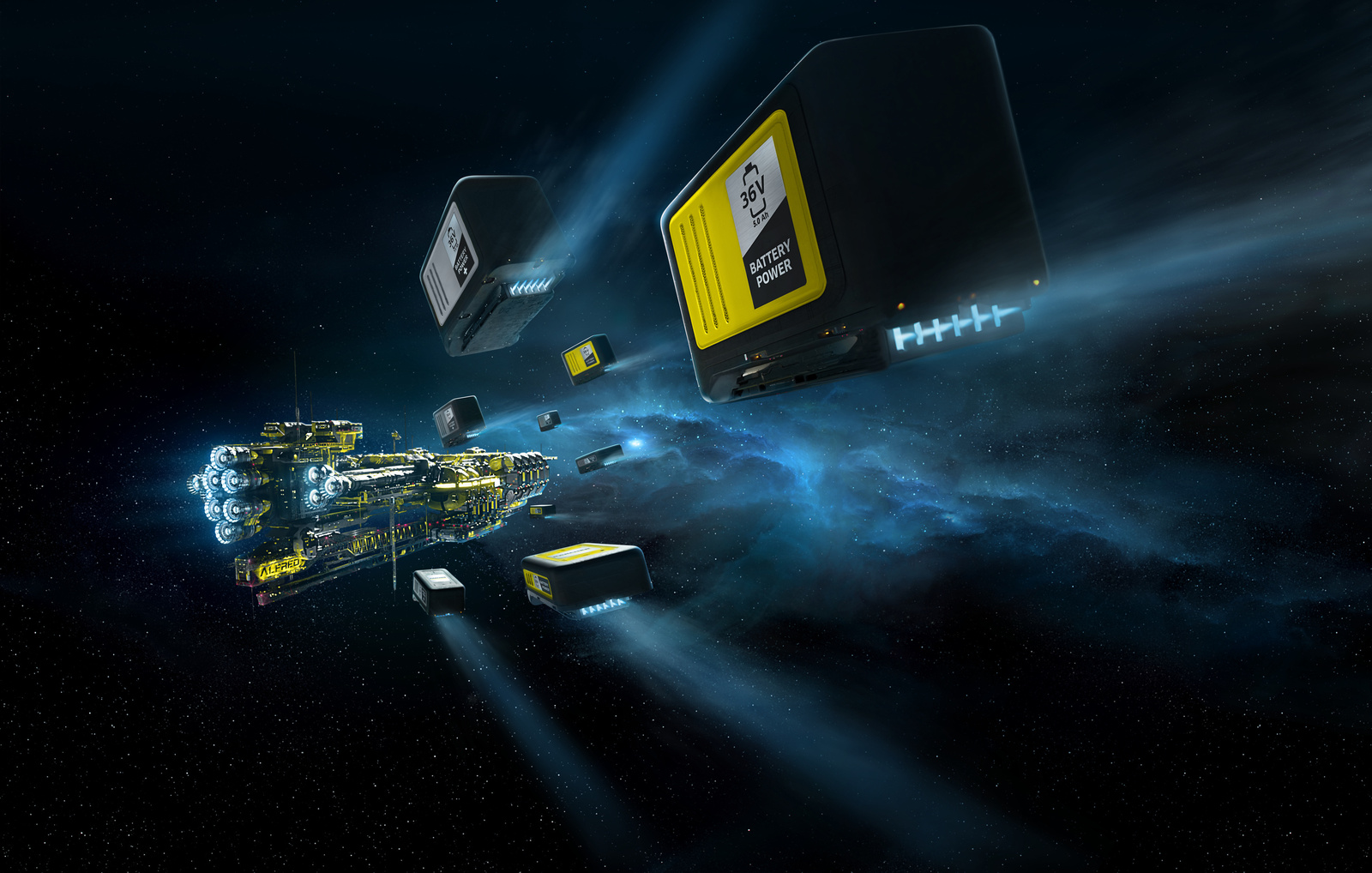
2019 – Launch of the Battery Universe
Kärcher launches the 18 and 36 V battery platforms, thus providing a flexible solution for cleaning and maintenance tasks. The batteries are suitable for both Home & Garden and Professional machines of the same voltage and thus enhance application flexibility.
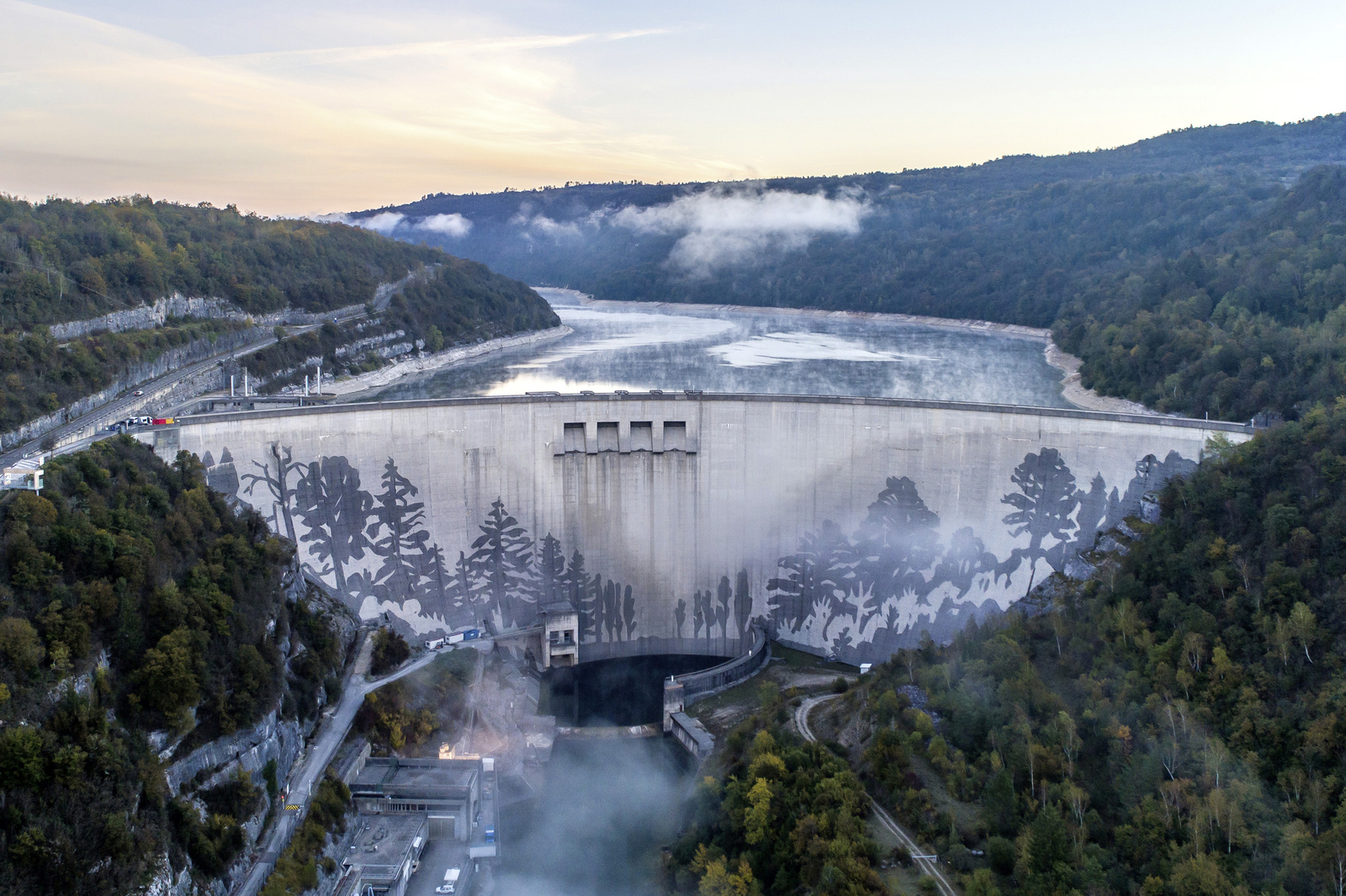
2021 – Reverse graffiti in large format
At a dam in France the fifth and to date largest so-called reverse graffiti is created in cooperation with the artist Klaus Dauven. The targeted removal of dirt with high-pressure cleaners creates a contrast between uncleaned and cleaned area – on over 40,000 square metres.
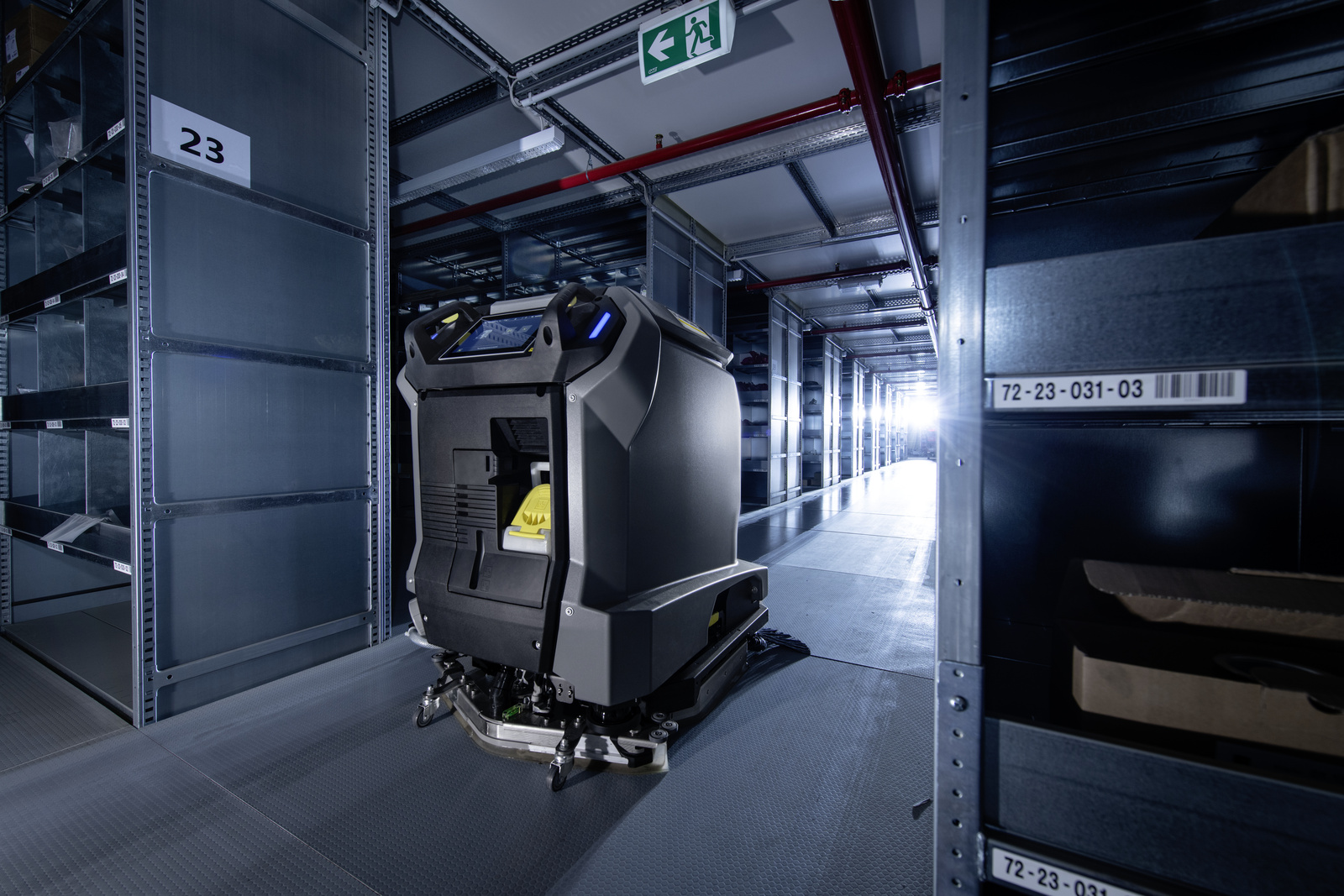
2022 – Market launch of KIRA B50
With the development of the fully autonomous cleaning robot KIRA B 50, Kärcher takes a major step in the cleaning industry. The innovative robot is the result of Kärcher's commitment to advanced technologies and efficient cleaning solutions.
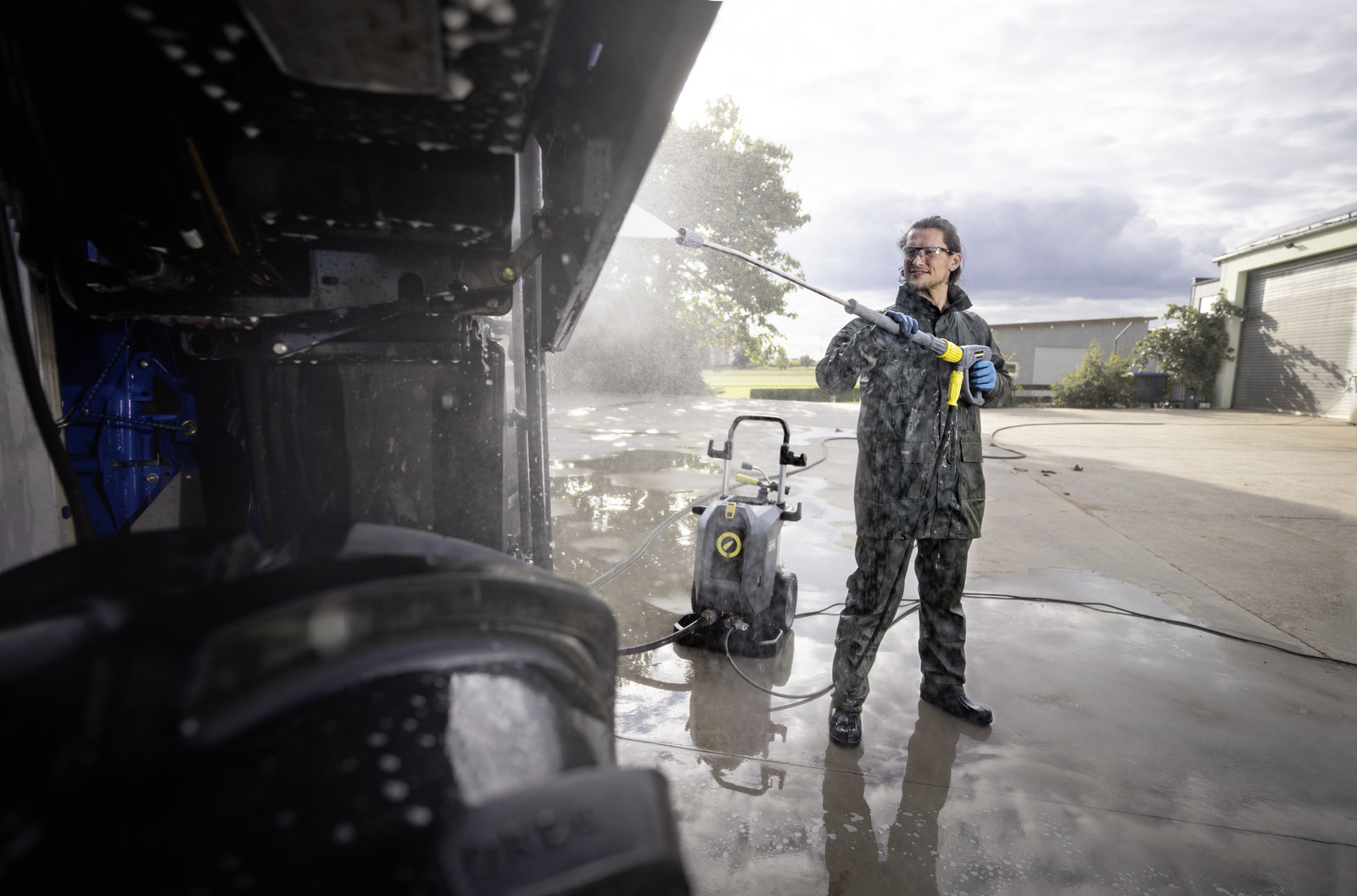
2023 – New HD and HDS product line
For the second time in the company's history, Kärcher completely overhauls the company's core product: The new cold water and hot water high-pressure cleaners are mainly characterised by improved ergonomics and state-of-the-art technology. Whereas, the key component of the hot water high-pressure cleaner, the burner, has only been modified slightly over the decades.
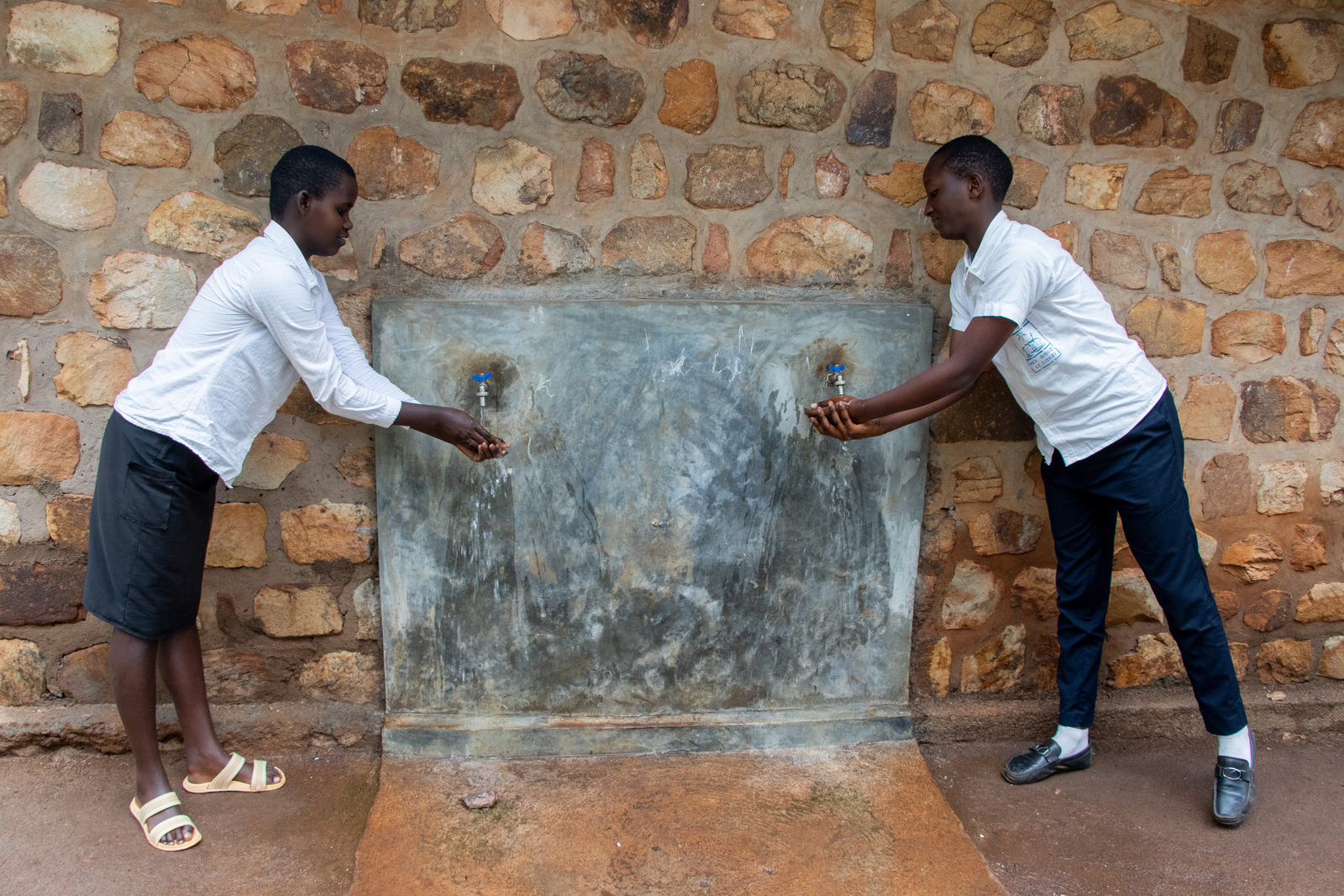
2025 – 25 years of cooperation with the Global Nature Fund
The Global Nature Fund and Kärcher have been working together for 25 years. Together they build wastewater treatment facilities in developing and emerging countries, thus providing clean drinking water in these countries. In addition to the cooperation with One Earth One Ocean, it is one of Kärcher's longest commitments to corporate social responsibility in the area of the environment.
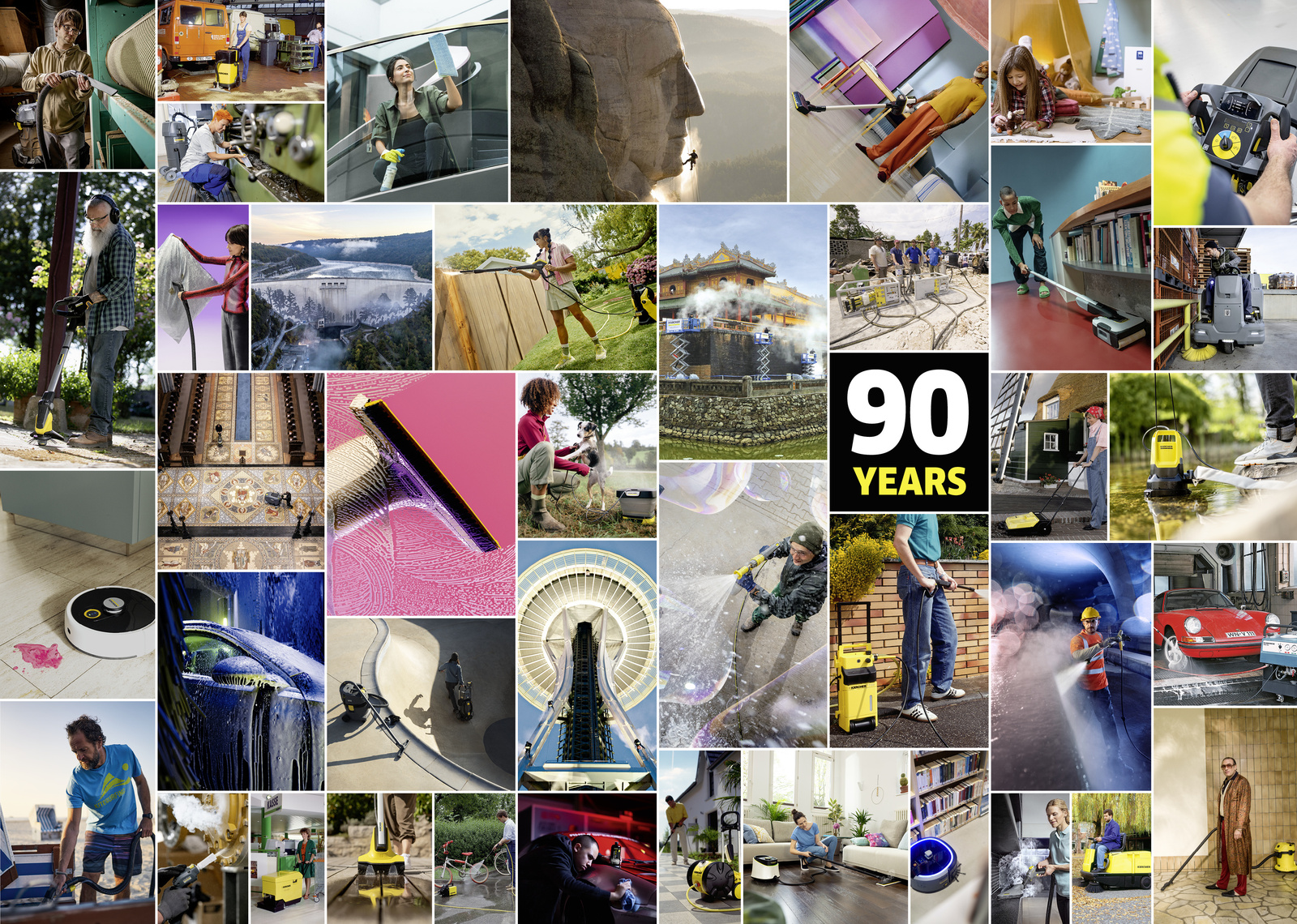
2025 – 90 years of Kärcher
It's Kärcher's birthday: In 2025 the company celebrates its 90th anniversary.












